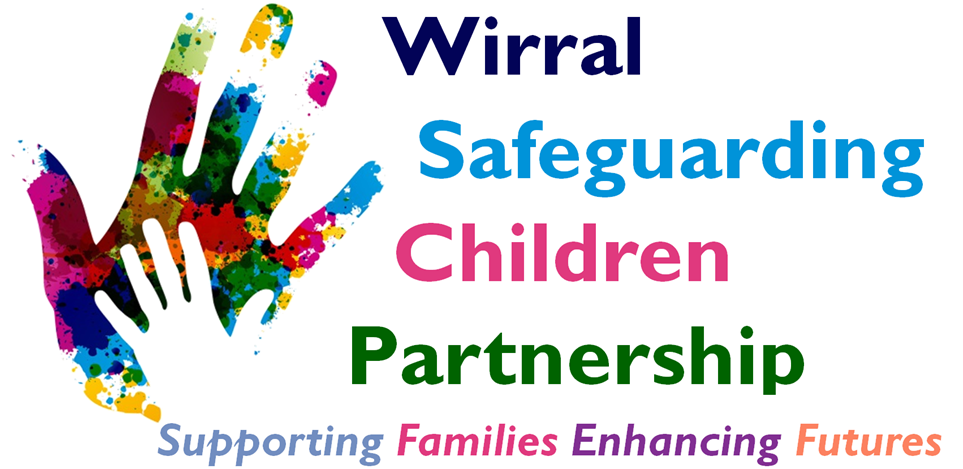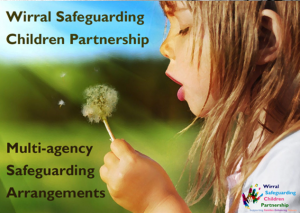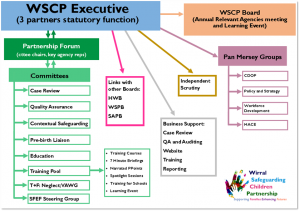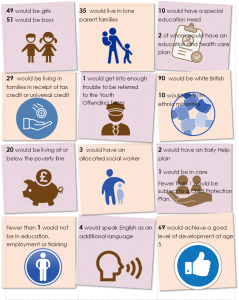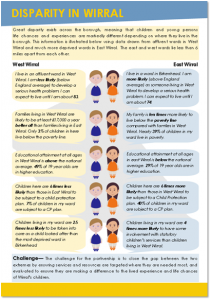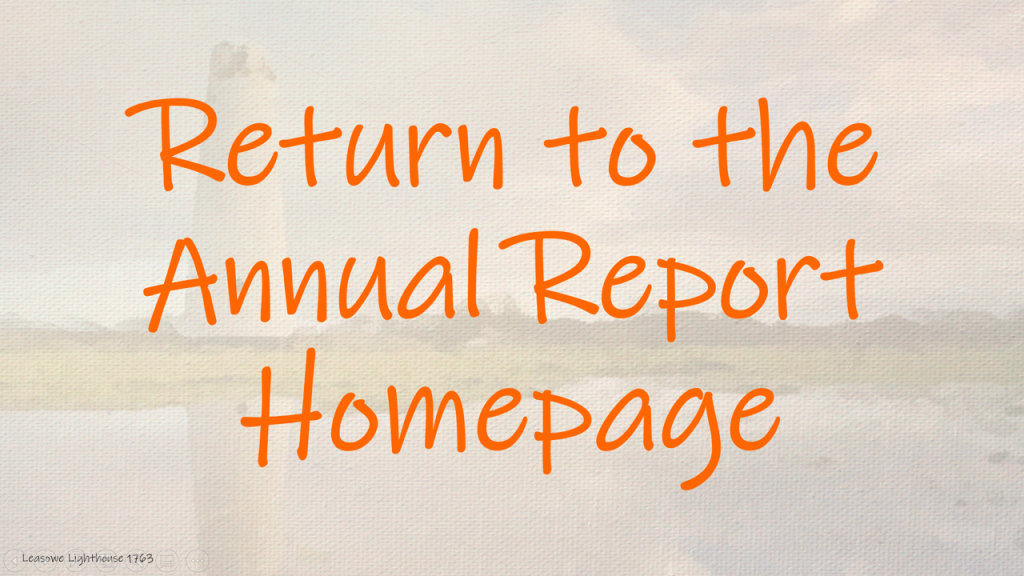Annual Report 2021 Background
 On this page you will find information about:
On this page you will find information about:
- Role of the WSCP
- Update to arrangements
- Background to Wirral
- If Wirral had 100 children
Role of the WSCP
Safeguarding children partnerships are statutory multi-agency bodies established under the Children Act (2004) as amended by the Children and Social Work Act (2017). Partnerships are responsible for establishing and ensuring the effectiveness of local arrangements to safeguard and promote the welfare of children. The arrangements are led by three statutory safeguarding partners (the Local Authority, Merseyside Police, and Wirral Clinical Commissioning Group). The partners must establish a local model for safeguarding and determine how they work with other relevant agencies to keep children safe.
The local safeguarding system must ensure:
• children are safeguarded and their welfare promoted
• partner organisations and agencies collaborate, share and co-own the vision for how to achieve improved outcomes for vulnerable children
• organisations and agencies challenge appropriately and hold one another to account effectively
• there is early identification and analysis of new safeguarding issues and emerging threats
• learning is promoted and embedded in a way that local services for children and families can become more reflective and implement changes to practice
• information is shared effectively to facilitate more accurate and timely decision making for children and families
The local safeguarding system in Wirral is led by the Wirral Safeguarding Children Partnership (WSCP). The WSCP’s safeguarding arrangements are set out in detail in this document:
Update to Arrangements
The WSCP has developed a committee structure to help it deliver its statutory responsibility. This structure was updated in November 2021 and is illustrated below:
Recent updates to the local WSCP model include:
- establishment of the multi-agency Pre-Birth Liaison Committee under the governance of the WSCP
- completion of a review of the local Supporting Families Enhancing Futures (SFEF) model and establishment of a steering group to update the model
- agreement to establish a dedicated Education committee to aid the communication between the education sector and the WSCP
- agreement to establish a Neglect working group to develop the multi-agency model and strategy
Background to Wirral
Wirral is a large metropolitan area covering the northern 60 square miles of the peninsula between the Dee and Mersey Estuaries. Wirral is well known for the high quality of its countryside and coast, and transport links to Liverpool, Chester and North Wales.
The borough is less well known as an area of strong contrasts. The predominantly built-up eastern area opposite Liverpool, forms part of the core of the Merseyside conurbation. Almost two-thirds of the population live within the urban area to the east of the M53 motorway, between the coastal resort of New Brighton in the north, to the entrance of the Manchester Ship Canal in the south. Birkenhead, located at the heart of east Wirral, is the largest town within the area, historically built around the maritime trades associated with the Mersey docklands, which have steadily declined since the 1960’s. The majority of statutory work for partner agencies is with families from the ‘dockland’ areas of Wallasey and Birkenhead.
The population of Wirral is 322,796 (ONS, 2018) with an economically active population of 155,300 (ONS 2018). The proportion of people of working age, particularly of younger adults, is at its highest in central and inner areas of east Wirral. The proportion of older age groups is generally larger in the west. The population is predominantly white British (90%) but significant ethnic minority groups exists, particularly Irish, Chinese and Polish.
There are approximately 67,508 children (0 to 17 years) living in the borough. Of the total population, this equates to 21% of the population being aged under 18. Of all children, 17.4 % live in poverty (Wirral Compendium of Statistics, 2021). The current rate of Children Looked After is 120 per 10,000 with 567 children in Foster Care.
In the latest Index of Multiple Deprivation, Wirral was ranked 77th most deprived authority out of 326. Although Wirral’s overall ranking for deprivation has gone down between 2015 and 2019, the number of LSOAs in the most deprived 20% of areas in England has increased by 10. This means that an additional 20,000 residents are now classed as living in deprivation compared to 2015 (IMD 2019).
Following very encouraging recent inspections, the WSCP is looking forwards to building on the strength of the partnership as all agencies work together to safeguard our children.
If Wirral Had 100 Children
The graphic below illustrates some key statistics for children and young people in Wirral. Below it is a graphic first published in last years report, but still very relevant, which exemplifies the disparity that exists between local areas in Wirral. Narrowing the disparity gap remains a challenge for all agencies, and is something currently being addressed by the ‘breaking the cycle’ progamme of strategies in Birkenhead.
Disparity Between the Most and Least Affluent Wards
Quick Links to Chapters:
Introduction
Journey of the Child
Key Activity
Multi-agency Working
Progress Against Priorities
Business Plan
Glossary
